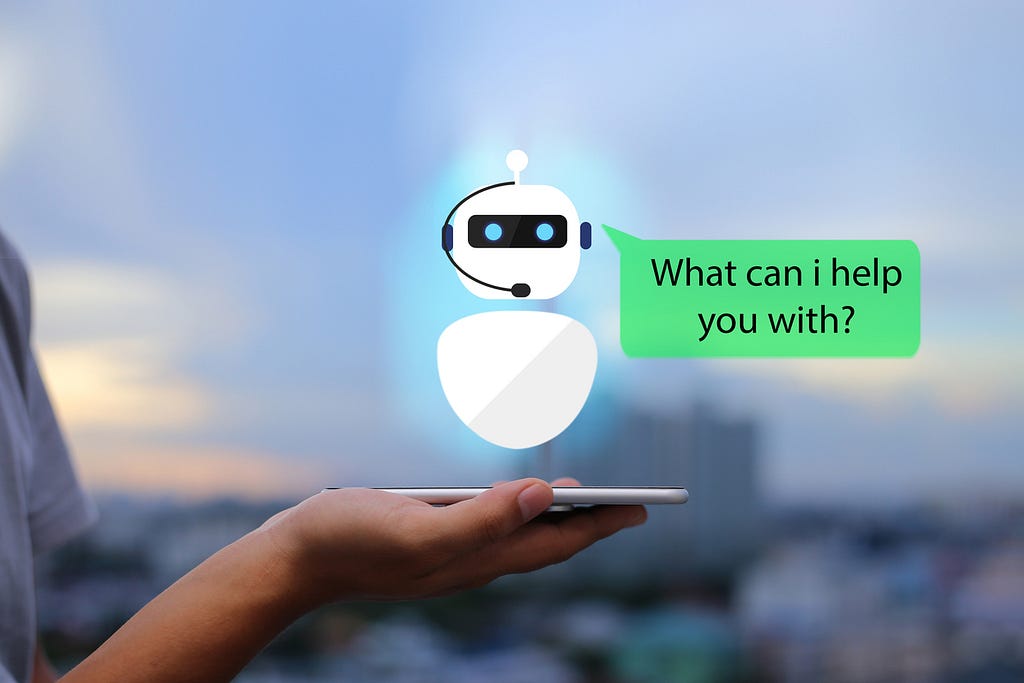Chatbot personality traits and their effect on user satisfaction amongst Gen Z: A research and hotel case study

I remember when I used a chatbot for the first time. It was the chatbot of Dutch shipping company, Post NL. My package still hadn’t arrived 3 days after its expected delivery date. Slightly annoyed and unable to immediately talk to a real company representative, I got in touch with chatbot Daan. Unfortunately, chatbot Daan did not comprehend my questions, lacked personality, and was unable to redirect me to a real human. All this resulted in me leaving the conversation more frustrated than I was to begin with.
This unsuccessful encounter led me to choose the topic of chatbots as inspiration for my thesis research on artificial intelligence. More specifically, I wanted to dive into the effect of personality within customer service chatbots on Gen Z’s user satisfaction.

Why Gen Z you might be asking? That’s because research indicates that Gen Z and Millennials are most likely to agree that chatbots make it easier and quicker for their issues to get resolved. Understanding which personality traits within customer service chatbots trigger a positive response for one of these generations therefore seemed like valuable knowledge.
So, I went ahead and started researching which of the following personality dimensions from the ‘Big Five’ model* my population responded to best:
- Extraversion: Social, talkative, assertive, and funny.
- Agreeableness: Compassionate, kind, empathic, compliant, trusting, co-operative.
- Conscientiousness: Dutiful, competent, reliable, organized, task-focused.
- Openness: Insightful, original, daring, clever, independent, broad-minded.
The quantitative research showed that the sample had a clear preference for the dimensions agreeableness (61.1%) and conscientiousness (29,6%).
Trending Bot Articles:
2. Automated vs Live Chats: What will the Future of Customer Service Look Like?
4. Chatbot Vs. Intelligent Virtual Assistant — What’s the difference & Why Care?
However, only adding personality without taking into account the background of the company the chatbot is operating for does not have the desired effect. It’s still necessary for companies to align their chatbots with their brand and users.
So, in order for companies to deploy an effective customer service chatbot, it needs to:
- Identify its customer segments
- Map out what the brand stands for
- Decide upon the necessary functionalities
- And finally add the personality layer that the customer segment has a preference for
I decided to test out these steps and create a prototype chatbot for hypothetical case hotel CitizenM, as this is a hotel that focuses on a segment that is generally more technologically competent.
Two prototype chatbots were created: one with the added personality dimension, and one without. After letting test participants interact with both, they were asked to fill out a user satisfaction survey.
The chatbot with the added personality scored significantly higher in all areas. Although it is not safe to generalize the sample outcome for the entire population, the test did make it evident that adding personality traits to a chatbot indeed has a positive effect on user satisfaction.
Although further research on the topic is recommended, I hope this article serves as a guideline on how to create an effective chatbot for hotels and other companies offering some sort of customer service.
If I learned one thing from this research it’s that a one-size-fits-all chatbot doesn’t cut it anymore. In order for companies to create a successful digital customer experience, they will need to have a personalized approach.
- One of the dimensions, neuroticism, was left outside of the research scope as it’s only associated with negative traits.
Don’t forget to give us your 👏 !




Chatbot personality traits and their effect on user satisfaction amongst Gen Z: A research and… was originally published in Chatbots Life on Medium, where people are continuing the conversation by highlighting and responding to this story.